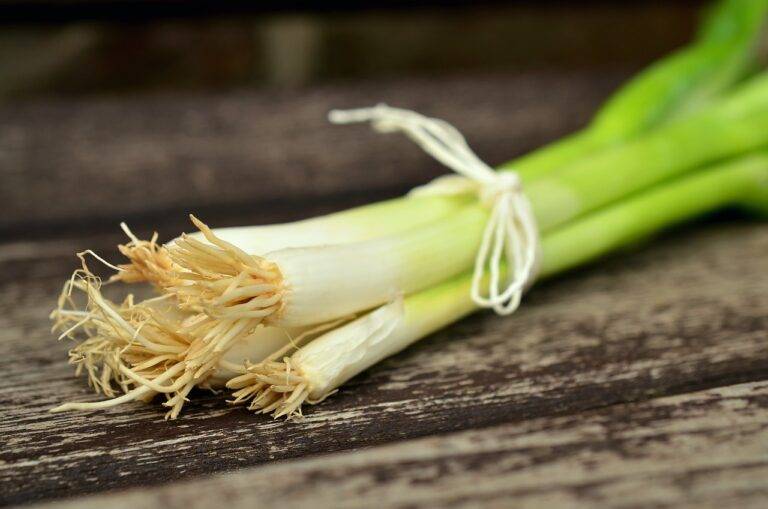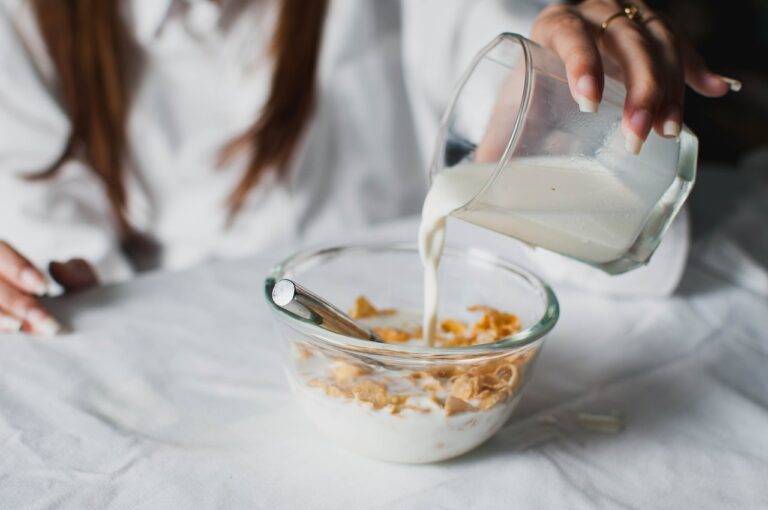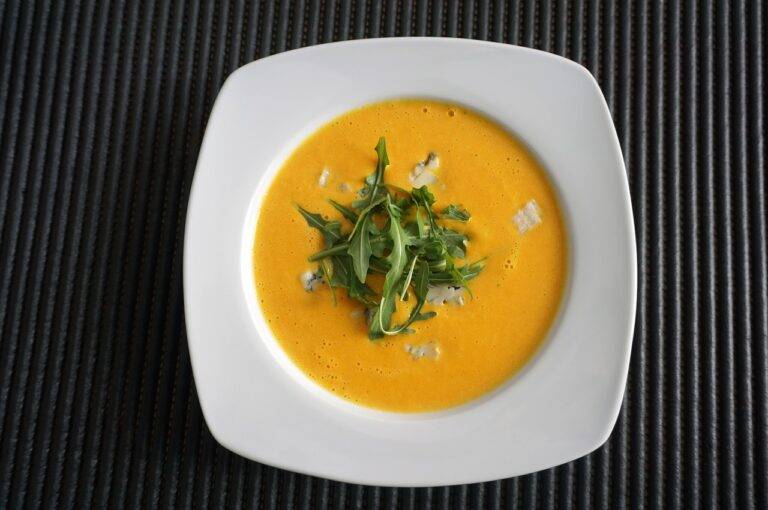The Evolution of Food Packaging: Innovations in Biodegradable Materials.
One of the significant milestones in food packaging history dates back to the early 19th century when Nicolas Appert developed the process of sealing food in glass jars to preserve it. This invention revolutionized the storage and transportation of perishable goods, leading to a longer shelf life for various food products.
Another important development was the introduction of tin cans in the early 1800s by Peter Durand. This innovation provided a more durable and convenient way to package food items, making them easier to store and distribute. The use of tin cans marked a major advancement in food preservation and packaging, setting the stage for further advancements in the industry.
Advantages of Biodegradable Materials in Food Packaging
Biodegradable materials offer a sustainable solution for food packaging, as they can easily break down into natural substances without harming the environment. By using these materials, companies can reduce their carbon footprint and contribute to a healthier ecosystem. This eco-friendly option helps to combat the growing issue of plastic pollution and allows consumers to make more environmentally responsible choices.
Another advantage of biodegradable materials in food packaging is their versatility and ability to be customized for different products. Whether it’s for perishable goods or long-lasting items, biodegradable materials can be designed to meet specific packaging requirements. This flexibility not only enhances the overall appeal of the product but also ensures that the packaging aligns with the brand’s sustainability goals.
What are some important milestones in food packaging history?
Some important milestones in food packaging history include the invention of canning in the early 19th century, the introduction of plastic packaging in the mid-20th century, and the development of vacuum packaging in the 1960s.
What are the advantages of using biodegradable materials in food packaging?
Biodegradable materials in food packaging offer several advantages, including reducing the environmental impact of packaging waste, promoting sustainability, and potentially reducing the use of non-renewable resources.
How do biodegradable materials in food packaging help reduce environmental impact?
Biodegradable materials break down naturally over time, reducing the amount of waste that ends up in landfills or oceans. This helps to minimize pollution and conserve natural resources.
What are some examples of biodegradable materials used in food packaging?
Some examples of biodegradable materials used in food packaging include compostable plastics, paperboard, and biodegradable films made from plant-based materials such as corn or sugarcane.
Are biodegradable materials in food packaging as durable as traditional materials?
Biodegradable materials can be just as durable as traditional materials, depending on the specific composition and manufacturing process. Advances in technology have allowed for the development of biodegradable materials that are strong and reliable for food packaging purposes.





